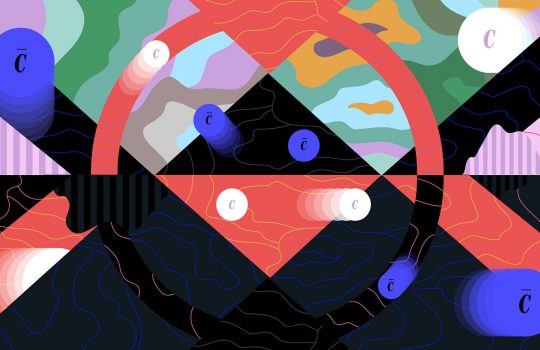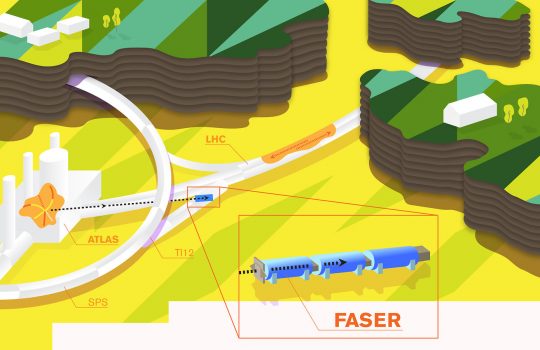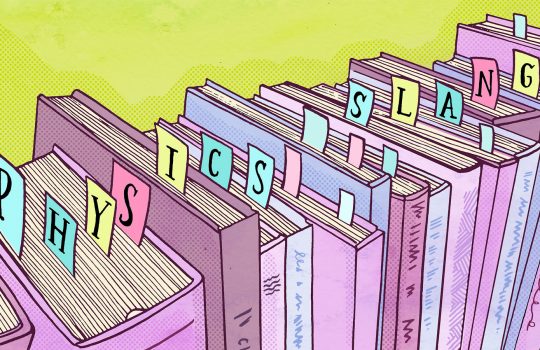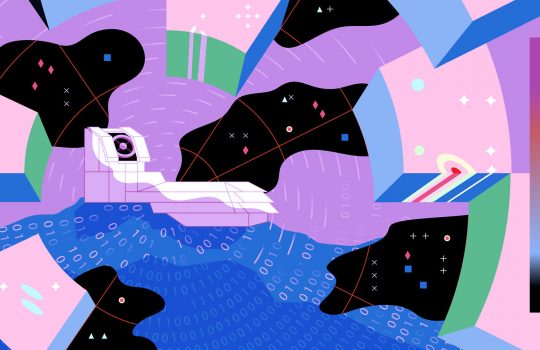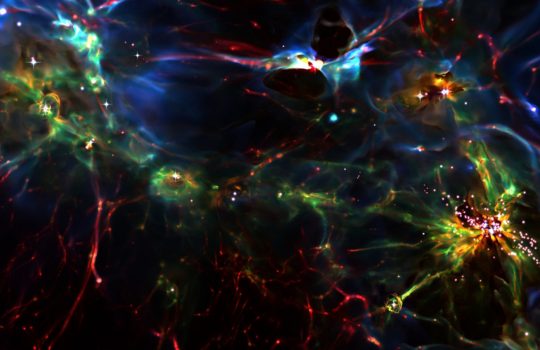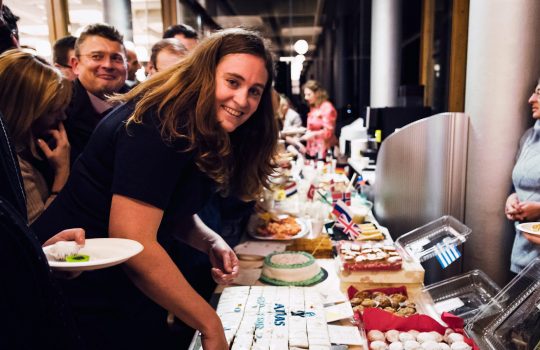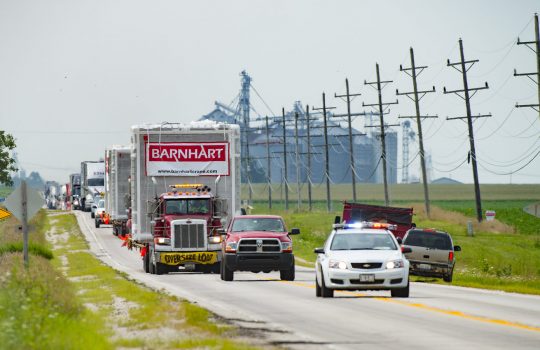To Ph.D. or not to Ph.D.
Respondents to Symmetry’s survey about what it’s like to earn a Ph.D. in particle physics or astrophysics offer their views of the experience. Nearly 2,000 people worldwide complete the scientific rite of passage each year. Yet for many people, the process remains mysterious.
The more than 300 responses to Symmetry’s survey described a challenging, multifaceted experience that goes far beyond job training, and even beyond the scientific goal of studying the fundamental nature of the universe.


